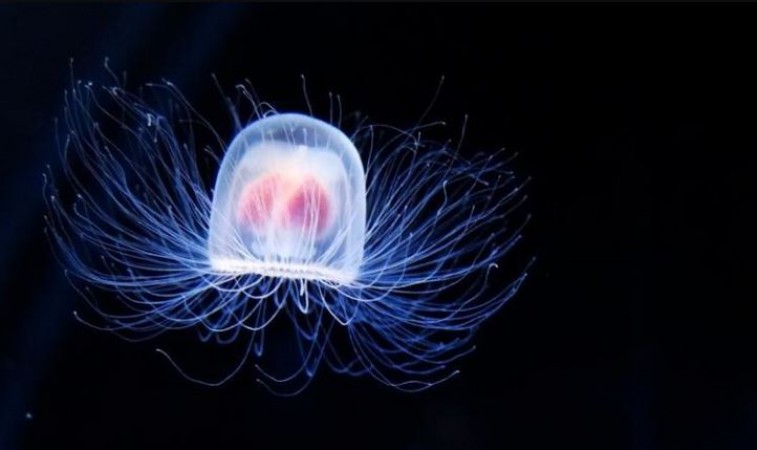
Introduction
The natural world is full of fascinating creatures with remarkable abilities. One such creature that has captured the attention of scientists and researchers is the immortal jellyfish (scientifically known as Turritopsis dohrnii). This tiny jellyfish possesses a unique ability to revert back to its juvenile state, defying the conventional life cycle of most organisms. In this article, we will delve into the intriguing world of the immortal jellyfish, exploring its life cycle, regenerative capabilities, and the implications it holds for scientific research.
The Discovery of the Immortal Jellyfish
The immortal jellyfish was first discovered in the 1880s by German marine biologist Christian Friedrich. However, it wasn't until the late 1990s that its remarkable regenerative abilities were fully understood. Since then, researchers have been captivated by this tiny creature and its potential implications for aging and regeneration.
Life Cycle of the Immortal Jellyfish
The life cycle of the immortal jellyfish is truly extraordinary. Like most jellyfish species, it begins its life as a larva, developing into a polyp stage where it attaches itself to a substrate. However, what sets the immortal jellyfish apart is its ability to transform itself back into a juvenile form, known as a medusa, from the polyp stage. This process, called transdifferentiation, allows the jellyfish to essentially reverse its aging process and start anew.
Regeneration and Cellular Transdifferentiation
Regeneration plays a vital role in the immortal jellyfish's ability to revert back to its juvenile state. When faced with unfavorable conditions or physical damage, the jellyfish can undergo cellular transdifferentiation, where specialized cells can transform into different cell types to repair and regenerate damaged tissues. This process is still not fully understood, but scientists believe that it involves a complex interplay of genetic and epigenetic factors.
Environmental Factors and the Immortal Jellyfish
Environmental cues play a crucial role in the life cycle of the immortal jellyfish. The trigger for the transdifferentiation process seems to be linked to factors such as temperature, food availability, and the presence of predators. When these conditions are unfavorable, the jellyfish can activate its rejuvenation mechanism, allowing it to survive and thrive under adverse circumstances.
Implications for Aging Research
The immortal jellyfish has caught the attention of scientists studying aging and regeneration. Its unique ability to reverse the aging process has the potential to shed light on the mechanisms of aging and age-related diseases in humans. By understanding the molecular and cellular processes underlying the jellyfish's regenerative abilities, researchers hope to discover new strategies for combating age-related degeneration and promoting healthier aging in humans.
Medical and Biotechnological Applications
The regenerative properties of the immortal jellyfish hold promise for various medical and biotechnological applications. Scientists are exploring the potential use of jellyfish-derived compounds in tissue engineering, wound healing, and even organ transplantation. Additionally, studying the genetic mechanisms behind cellular transdifferentiation could lead to breakthroughs in regenerative medicine and the development of novel therapies for human diseases.
Ethical Considerations
As with any scientific advancement, the study of the immortal jellyfish raises ethical considerations. The potential manipulation of aging processes and cellular transdifferentiation in humans brings forth complex moral and social questions. It is crucial to approach these advancements with careful consideration, ensuring that any future applications are used responsibly and ethically.
Conclusion
The immortal jellyfish, with its remarkable ability to revert back to its juvenile state, continues to captivate the scientific community and ignite curiosity about the boundaries of life and aging. By unraveling the secrets behind its regenerative capabilities, researchers are not only expanding our understanding of nature but also paving the way for potential breakthroughs in the fields of aging, regeneration, and medical science.
Dramatic Chase Ends in Arrest: Lokayukta Police Nabs Corrupt Food Inspector in Bengaluru